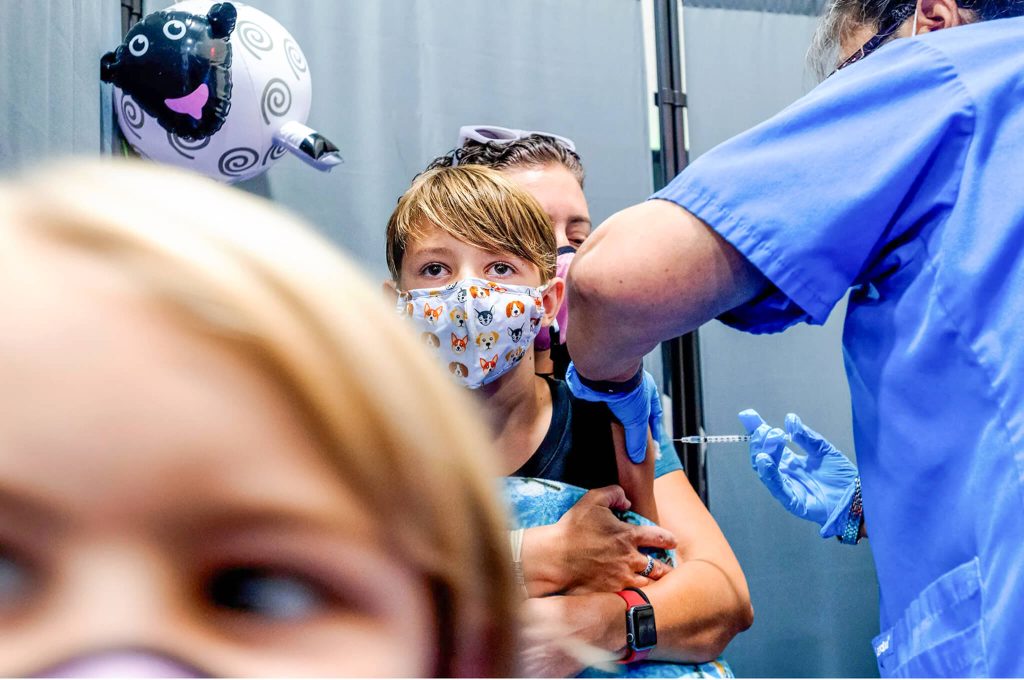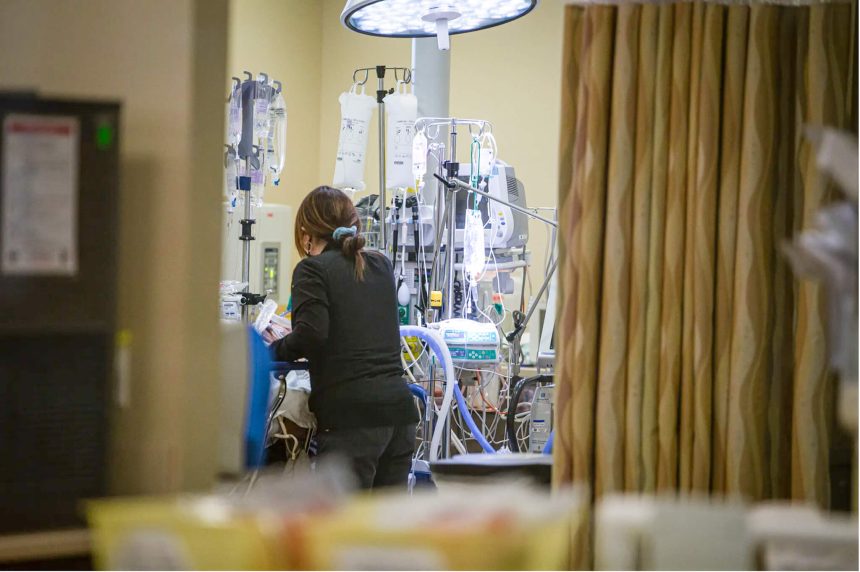Covered California
California still offers generous subsidies, but the rate hike signals that runaway healthcare costs are back after five years of low premium increases.
By Kristen Hwang, CalMatters
Premiums for health insurance sold through the state marketplace will increase by nearly 10% next year, the highest rate hike since 2018, Covered California officials announced Tuesday.
The projected 9.6% hike is the result of a “complicated time for health care,” Covered California Executive Director Jessica Altman said during a media briefing, but many Californians will be shielded from the increases as a result of federal and state financial assistance.
About 90% of enrollees qualify for some type of federal or state financial aid and 20% will see no change in their monthly premium, officials said. About 1.6 million Californians turn to the marketplace for health insurance, which offers plans that cost as little as $10 a month.
The rate increase, however, represents the return of a troubling trend: runaway health care costs, experts said.
“We’re seeing even larger increases in the private market. It’s worrisome,” said Anthony Wright, executive director of Health Access California, a consumer advocate group. “Individual consumers need health coverage and they need help now.”
During the COVID-19 pandemic, an influx of $3 billion from the federal government helped dampen the effect of rising health care costs in California. Covered California premium increases held below 2% between 2020 and 2022.
The federal government extended assistance for two more years, but the 2024 increase reflects post-pandemic inflationary pressures, such as higher drug costs, more people going to see the doctor, labor shortages and wage costs, Altman said.
The rate hikes vary by region, with more than one-third of enrollees potentially experiencing a double-digit increase, according to state data. Those who live in Mono, Inyo and Imperial counties may see the largest price increase at 15.8% compared to last year. Those same counties also experienced the largest increase last year.
“We’re glad that Covered California has federal and state subsidies to provide immediate help now, but we do need policy makers to double down on containing the costs of health care long-term,” Wright said. “This is a clarion call for the overall cost of health care going forward.”
Covered California waives deductibles for many
Last week, the Covered California board voted to implement a plan that will make coverage more affordable for about 650,000 enrollees by eliminating their deductibles for the coming year.
The vote capped a drawn-out budget battle between Gov. Gavin Newsom, legislators and health care consumer advocates who have criticized Newsom for repeatedly moving money intended for health care subsidies into the state’s general fund.
Under the plan, deductibles will be eliminated for individuals earning as much as $33,975 annually and families earning up to $69,375 annually. Previously, people with those plans paid deductibles of up to $5,400. The new plan also significantly reduces out-of-pocket copays for doctor visits and prescription drugs.
“Despite the rate increase, Californians who enroll in health care coverage through Covered California will benefit from the greatest level of financial support ever offered…as we head into 2024,” Altman said.
‘Hefty’ health insurance increase
Christine Eibner, a senior economist with the RAND Corporation, a research and policy think tank, called the state’s projected premium increase “hefty.”
“There will be some sliver of people who will have to pay the full cost,” Eibner said. “A lot of people are protected so maybe they don’t care, but who is paying? Ultimately it’s the taxpayer.”
A significant number of people who are no longer eligible for Medi-Cal, the state’s public insurance program for very low-income individuals, also are expected to enroll in Covered California, which could drive future cost increases.
“That population is relatively expensive,” Eibner said. “People who are lower income have more health care issues, and bringing them into the market may lead to higher premiums.”
The state paused checking people for Medi-Cal eligibility during the federal COVID-19 public health emergency, but about 225,000 Californians have been kicked off since the state resumed monthly reviews this year. Covered California’s enrollment period runs from November through the end of January.

For More Health News Visit www.zapinin.com.


